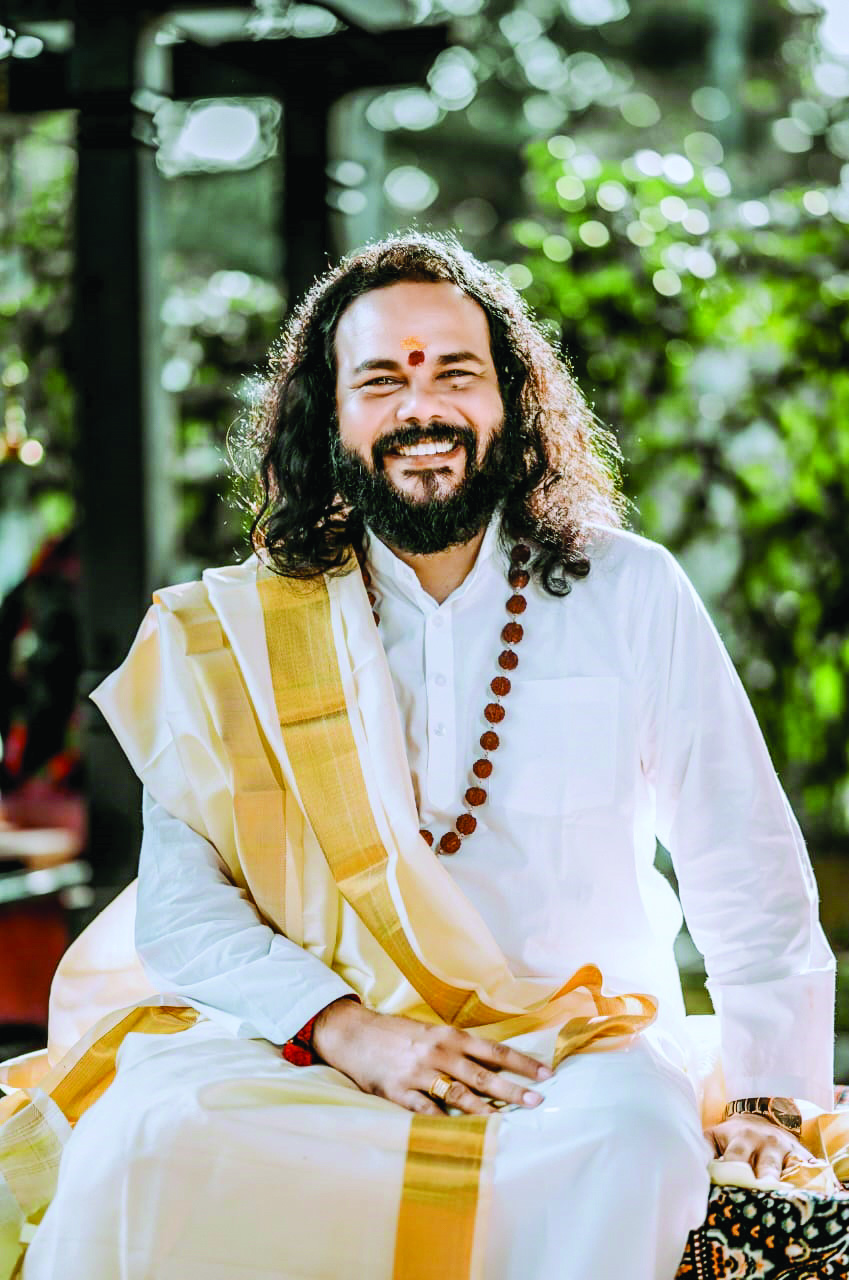‘We are fortunate to have a government under Yogi Adityanath that deeply respects and upholds Sanatan Dharma.’
Swami Harinarayanan, often referred to as Mouna Yogi is the national general secretary of Adi Shankara Advaita Akhada and chairman
Q: How do you view the Maha Kumbh 2025?
A: The Maha Kumbh is not a humanly planned event; it is aligned with a celestial phenomenon. According to tradition, when Garuda carried the Amrit Kalash, four drops of the nectar fell into four holy rivers, marking the sites where the Kumbh is now observed. It is believed that taking a dip in these sacred rivers during the Kumbh grants immortality. For followers of Sanatan Dharma, the Kumbh Mela is considered the holiest of all gatherings.
Q: Why is this Kumbh special for those who follow Sanatan Dharma?
A: In Sanatan Dharma, we believe in karmic debt, reincarnation, and the cycle of rebirth. It is believed that taking a holy dip (Snan) at these sacred sites during Kumbh washes away past-life karma and vows, ultimately leading to liberation (Moksha).
Q: Could you tell us about the key timings for the Snanas and how they differ from one another?
A: The Shahi Snan is the most significant ritual at the Kumbh Mela. It’s a ceremonial bath in the sacred waters, believed to purify the soul, absolve sins, and offer liberation from the cycle of birth and death. Besides the Shahi Snan, other important dates include Paush Purnima, Makar Sankranti, Mauni Amavasya, Basant Panchami, Maha Shivratri and Maghi Purnima. These specific days are astrologically significant, as certain planetary and stellar alignments enhance the spiritual benefits of the Snan.
Q: How are the different Kumbh Melas distinct from one another?
A: The Kumbh Mela occurs in a unique cycle. It is held every three years in rotation across four holy sites. The Ardh Kumbh takes place every six years at two of these locations. The full Kumbh happens once every 12 years, while the Maha Kumbh, the rarest of all, occurs only once every 144 years (12×12). This Maha Kumbh is an once-in-a-lifetime event for most people, and we are incredibly fortunate to witness it. Few in the world get such an opportunity.
Q: How do you view the preparations for the Kumbh by the Uttar Pradesh government?
A: We are fortunate to have a government under Yogi Adityanath that deeply respects and upholds Sanatan Dharma. The scale and dedication with which the preparations are being handled are unprecedented. YogiJi’s leadership ensures that all arrangements are meticulously planned and executed. From the authorities to the support staff, everyone involved is fully committed to making this Kumbh a remarkable event.
Q: What do you think about those who question Sanatan Dharma, even while being a part of it?
A: Such people have existed throughout history. It’s not a new phenomenon. Those who haven’t truly experienced the essence of Sanatan Dharma should refrain from passing judgement. First, immerse yourself, explore, and experience its depth. Only then will you have the right to speak about it.

